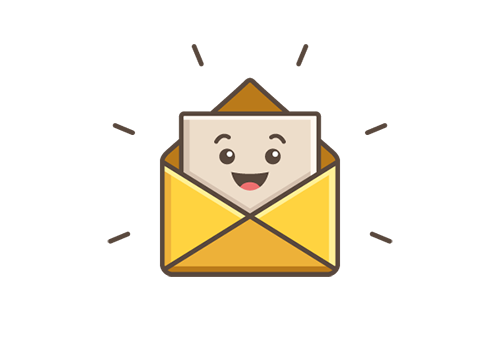The Most Common Image Problems in WordPress and How to Solve Them
Images play a vital role in the success of a website, and WordPress provides various tools to manage and edit them. However, it is not uncommon to encounter image-related issues when working with WordPress. In this comprehensive guide, we will explore the ten most prevalent image problems in WordPress and provide effective solutions to overcome them.
1. Issues with Image Uploads
Uploading images to your WordPress posts and pages should be a straightforward process. WordPress offers a powerful Image block, which allows you to directly upload images into your content editor. You can also use the /image command in a Paragraph block for quick image insertion. To simplify your image upload process, learn more about uploading images in WordPress.
2. Challenges with Image Alignment
Properly aligning images can significantly enhance the visual appeal of your content. Fortunately, WordPress offers easy alignment options, allowing you to position images to the left, right, or center. By selecting the desired alignment option from the block toolbar, you can easily align your images. You can also wrap text around images using the align feature or the Media & Text block. To find out more about aligning images in WordPress and make your content visually appealing, follow our guide.
3. Adding Captions to Images
Captions provide additional context and information to your images. Adding captions in WordPress is a simple process. By clicking on the image and entering the desired caption in the provided field, you can easily add captions. You can also add captions to image galleries. To effectively communicate your message, learn more about adding captions to images in WordPress.
4. Creating Engaging Image Galleries
Displaying multiple images in an appealing manner can be achieved through image galleries. WordPress includes a built-in Gallery block that allows you to add images in rows and columns with thumbnail previews. By selecting the Gallery block, uploading your desired images, and customizing the layout, you can create stunning image galleries. Follow our step-by-step guide on creating image galleries in WordPress and showcase your images in style.
5. Enhancing Image Galleries with Plugins
While the native WordPress gallery block is useful, it may lack certain features and customization options. Fortunately, plugins like Envira Gallery and NextGEN Gallery are available for enhancing your image galleries. With these plugins, you can enjoy additional functionality such as album creation, social sharing, and image protection. Discover the full capabilities of Envira Gallery and NextGEN Gallery and take your image galleries to the next level.
6. Setting Featured Images
Featured images are essential visual representations of your articles on your website. They attract attention and make your content visually appealing. Setting a featured image in WordPress is a straightforward process. By clicking on the ‘Set Featured Image’ button, uploading your image, and saving it, you can easily add a featured image or post thumbnail. Learn more about adding a featured image or post thumbnail in WordPress and make your articles stand out.
7. Utilizing Cover Images
Cover images are wide or full-width visuals that can be used to separate sections within an article or a long sales page. They serve as engaging separators, allowing for easy scanning without overwhelming the reader with too much text. To add a cover image, simply use the ‘Cover’ block, upload your image, and customize the display options. Make sure to use high-resolution images for optimal results. Find out more about cover images versus featured images in WordPress and make your content visually captivating.
8. Avoiding Duplicate Featured Images
It is common for beginners to mistakenly insert their featured image into the post content, resulting in duplicate images. Understanding that once you set a featured image, there is no need to re-insert it into the post content is crucial. The featured image should be placed in the designated featured image box, while other images can be added separately within the post. Refer to our guide on fixing featured images appearing twice in WordPress posts for detailed assistance and streamline your image management process.
9. Basic Image Editing in WordPress
While WordPress is not a professional image editing tool like Photoshop, it does offer basic editing features. You can crop, rotate, scale, and flip images within WordPress itself. By uploading your image, clicking on the ‘Edit’ link next to it, and accessing the image editor, you can perform various editing tasks to enhance your images. Check out our comprehensive guide on how to crop, rotate, scale, and flip images in WordPress to create visually appealing content.
10. Customizing Header and Background Images
WordPress allows you to customize header and background images in themes that support these features. You can upload a custom header image from the Appearance » Customize page. Similarly, if your theme supports custom background images, you can set them from the same section. Plugins are also available to add full-screen background images if your theme doesn’t support this feature. Learn how to customize header and background images in WordPress to give your website a personalized touch.
In Conclusion
In this comprehensive guide, we have addressed the ten most common image issues in WordPress and provided effective solutions to overcome them. By following our step-by-step instructions and utilizing recommended plugins, you can easily manage and optimize your images in WordPress. Remember, using engaging visuals can greatly enhance the visual appeal and impact of your website. If you found this article helpful, consider subscribing to our YouTube Channel for more WordPress tutorials, and connect with us on Twitter and Facebook to stay updated.

